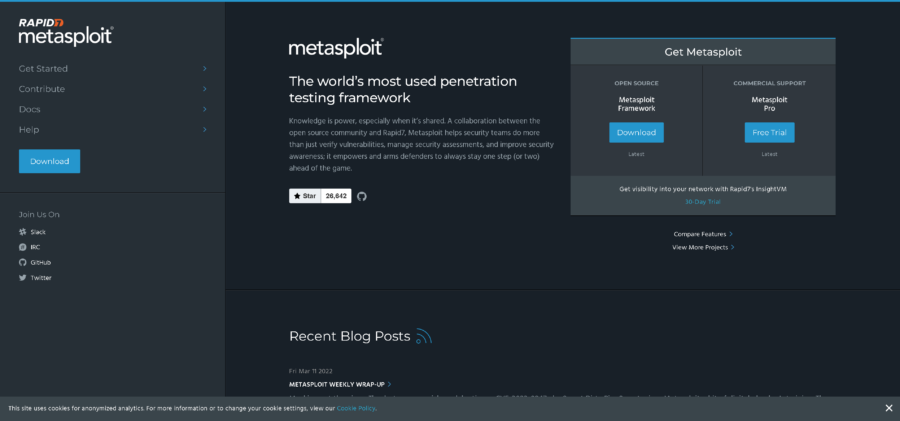Disaster Recovery as a Service (DRaaS) differs from traditional disaster recovery solutions in that it replicates and hosts physical and virtual servers off-site, typically in the cloud. Businesses avoid downtime because DRaaS is able to bring computing environments back online without first needing to restore computing. DRaaS additionally offers the typical cloud benefits of being more affordable, scalable, and easier to implement.
The flexibility the cloud provides for IT infrastructure, applications, and software isn’t possible with traditional server and data center configurations, and disaster recovery solutions built into the cloud utilize this flexibility for fast implementation and rapid Scaling. DRaaS strategies also minimize effects of disasters due to almost instantaneous continuity in operations should primary servers go down, and the high speed with which solutions can be put into effect allows for improved service level agreements with far superior recovery time objectives and recovery point objectives than seen in the past.
According to Gartner, a major loss of data resulted in 43% of companies immediately going out of business, while another 51% were able to last no more than two years. This means that only 6% of enterprises survive these losses, and makes it clear that every company needs disaster recovery, scaling a range of potential threats including natural disasters, human error, and cyber-attacks. Disruption circles are calculated to determine effective data center placement, taking as many of these factors into account as feasible, with the definition of these circles varying between different users and Service Providers.
Recovery data centers are typically placed outside of geographic circles of disruption, meaning that recovery from natural disasters is quick and efficient – data-wise anyway. Bridgeworks CEO, David Trossell, notes, “Many CIOs are faced with a dilemma of how to balance the need of having two data centers located within the same Metro area to ensure synchronization for failover capability, yet in their hearts they know that both sites will probably be within the circle of disruption.” Typically a lack of technology and resources results in data centers being placed too close to one another within a circle of disruption, and so utilizing cloud data centers in places such as Scandinavia and Iceland offer not only a more green approach to data management but greater protection.
Unfortunately, disaster recovery plans aren’t being regularly tested. A recent study surveying UK and German businesses found that 62% of respondents tested their disaster recovery plans either less than once a year or not at all. Says Paul Le Messurier, Program and Operations Manager at Kroll Ontrack, “These findings are a clear indication that many companies still face significant risks in terms of data security, data loss, and data recovery. They also lack a thought-out disaster recovery plan that is tested regularly and is bullet-proof when a real disaster strikes the company and it is faced with system failure and data loss. Without an effective plan in place, companies face the prospect of a loss of business continuity plus reputational and financial damage. It’s important that disaster recovery plans are in place, but it’s just as important to ensure that they are tested regularly and updated accordingly.”
Perhaps it’s time for a check-up? Take a look at OneCloud Insight’s video discussing the costs of leveraging AWS as a disaster recovery site for more benefits of DRaaS as well as some implementation approaches.
By Jennifer Klosterman





